CAD/CAM in dentistry
CAD/CAM, otherwise known as computer-aided design and computer-aided manufacturing, are two powerful technologies that have revolutionized dental practice. CAD (computer-aided design) software is used to digitally design a dental restoration from an intraoral scan or other image. CAM (computer-aided manufacturing) software then takes that digital design and turns it into physical components. CAD/CAM has greatly increased the efficiency of treatments in the dental office. Digital plans can be viewed and modified in real time, thus significantly reducing the amount of time needed to create a restoration. In addition, CAD/CAM streamlines the communication process between different offices, as digital plans can be sent over the internet and viewed with the appropriate software. Furthermore, CAD/CAM makes the process much less error-prone, as it eliminates the risk of miscommunication when transferring data from one source to another. CAD/CAM technology also increases the accuracy of treatments. With traditional methods, the accuracy of the restoration may be within a certain range depending on the skill of the practitioner. However, with CAD/CAM systems, the precision of the restoration is much greater, as it is designed using exact measurements. As a result, the restoration can be designed to fit perfectly into the patient's mouth, ensuring maximum comfort and function. Moreover, CAD/CAM allows dental professionals to customize restorations to meet a patient's individual needs. While traditional methods limit a practitioner to a few designs, CAD/CAM can be used to create customized restorations that will perfectly meet a patient's needs. In conclusion, CAD/CAM systems are an incredibly useful tool for dental professionals. They can reduce the amount of time needed to create a restoration, eliminate the risks of miscommunication, and increase the accuracy and customization of treatments. As such, CAD/CAM systems are becoming an integral part of modern dental practice.
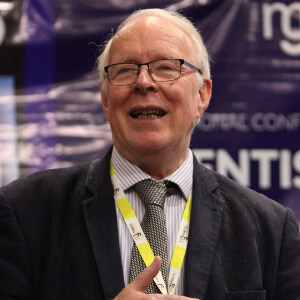
David Geoffrey Gillam
Queen Mary University of London, United Kingdom
Zvi Loewy
New York Medical College, United States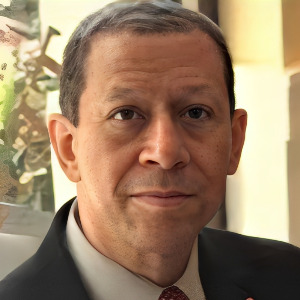
Khamis A Hassan
Global Dental Research Centre, Canada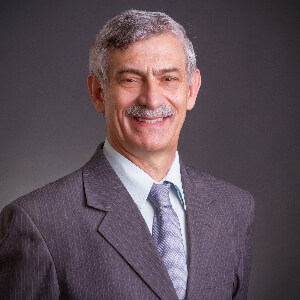
Laurindo Moacir Sassi
Erasto Gaertner Hospital Cancer Center and Mackenzie Evangelical University Hospital, Brazil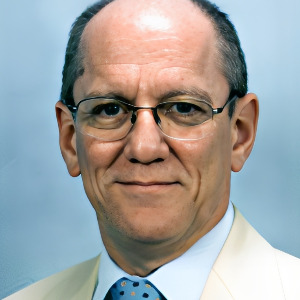
Arnaldo Castellucci
Dr. Castellucci MD, DDS, Italy
Yasser Khaled
Marquette University, United States
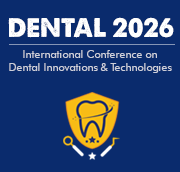


Title : Efficacy of a biomin F toothpaste compared to conventional toothpastes in remineralisation and dentine hypersensitivity: An overview
David Geoffrey Gillam, Queen Mary University of London, United Kingdom
Title : Knowledge and attitudes of dental professionals in the evaluation of Molar Incisor Hypomineralisation (MIH): Awareness, diagnosis and treatment approaches: An overview
David Geoffrey Gillam, Queen Mary University of London, United Kingdom
Title : The coordinated triad of spatial temporal and biomechanical strategies managing the where when and how of shrinkage stress in bulk fill resin composite restorations
Khamis A Hassan, Global Dental Research Centre, Canada
Title : Dental treatment of 1500 young children under general anesthesia
Jaap Boehmer, Rijnstate Hospital, Netherlands
Title : Enhancing root canal success strategic use of orifice opener one step synthesis gels orifice barriers
Emmanuel Samson, Consultant Total Dental Care, India
Title : Dealing with peri implantitis: An insight to various treatment regimens
Preetinder Singh, Academy of Oral Surgery, United States